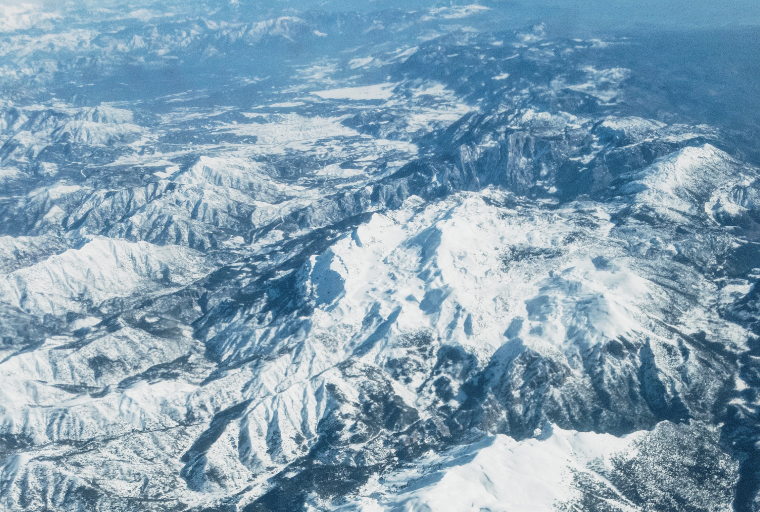 Ed. note: This article first appeared in Spanish here. This is an interview with an expert (Ferran Puig Vilar) and award-winning author of a climate blog on tipping points. Photo credit: Ferran Puig Vilar. CEDIDA POR EL ENTREVISTADO
Ed. note: This article first appeared in Spanish here. This is an interview with an expert (Ferran Puig Vilar) and award-winning author of a climate blog on tipping points. Photo credit: Ferran Puig Vilar. CEDIDA POR EL ENTREVISTADO
The straw that breaks the camel’s back. The last time the axe hits the tree before it falls. The last profitable barrel to be extracted from an oil well. There are many examples of Tipping points (TP). Although tipping points and points of no return are the buzzwords of our times, we should probably be using them more than we are.
A range of studies have long indicated that attention should be paid to the effects of climate change on subsystems such as the Amazon, Greenland ice or permafrost. These effects have been debated for more than 20 years. Since then, thousands of pages have been written describing their interrelationships, warning of a coming disaster. As in this article published in Nature by key figures in climate science, or this article published in National Geographic. However, despite the seriousness of the issue, mainstream media silence remains thunderous. We can even hear climate change deniers on prime time TV.
We ask engineer and climate journalist Ferran Puig Vilar, who is publishing a special report on tipping points, and has been doing amazing work on climate education in his prestigious, prize-winning blog for more than a decade:
What is a climate tipping point?
It is an inflection point in the equilibrium of a significant element or subsystem (permafrost, Amazon, thermohaline current, Greenland) whose overshoot destabilizes it and generates a phase change, bringing the system to a new state that may – or may not – be one of equilibrium. There are 15 specified, 9 of which are in the degradation phase or have already been passed. They interrelate with each other causing knock-on effects.
…click on the above link to read the rest of the article…
